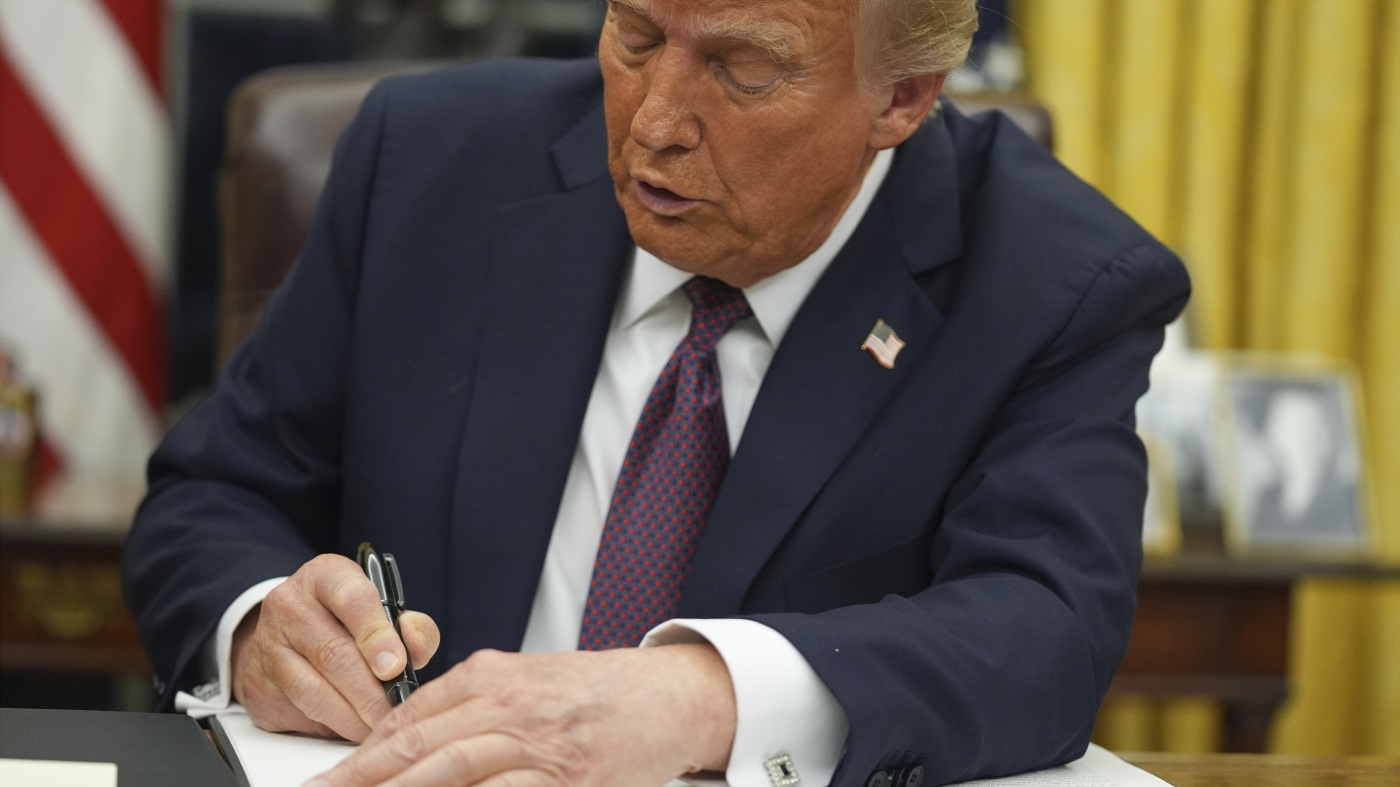Colorado health insurers have proposed steep premium hikes for 2026. On average, these increases could reach 28.4%, a significant jump in costs for many residents. This move follows the recent One Big Beautiful Bill Act, which is reshaping health care funding in the state.
The Western Slope and Grand Junction might face even harsher increases—over 38%. For many Coloradans, these hikes aren’t just numbers; they represent potential costs of hundreds or even thousands of dollars more each year. That’s before we even consider out-of-pocket expenses like deductibles and copays.
Governor Jared Polis expressed strong concern, saying, “Tragically, Congress is kicking people off their health care.” He noted these premium increases remind us of the turbulent years during the Trump administration when costs spiked sharply.
Impact on Coverage
These changes particularly impact more than 300,000 Coloradans who buy health insurance on their own, without employer support. While many can apply for federal subsidies to help with costs, significant changes in 2026 could leave some without this aid. Depending on new eligibility rules, some families may suddenly find themselves paying full price—potentially tens of thousands of dollars more.
“The 28% isn’t the full story,” said Colorado Insurance Commissioner Michael Conway. “People may feel an even bigger pinch when they lose subsidies.”
The Role of the One Big Beautiful Bill Act
This new legislation adjusts several health insurance rules, which, according to Conway, are driving up prices. Changes include automatic renewal restrictions, stringent checks for subsidy eligibility, and a shorter enrollment window. Notably, it also fails to continue enhanced subsidies from the pandemic, meaning less financial support for many Coloradans next year.
One program, reinsurance, had been crucial in lowering insurance costs. Established to ease consumer expenses, it has saved Coloradans over $2 billion. However, with these new federal changes, the program could lose about 40% of its effectiveness, accounting for nearly 8 percentage points of the proposed increase.
As prices rise, the state anticipates that over 100,000 people might opt out of insurance. This shift could destabilize the health insurance market. When healthier individuals leave, the pool of insured becomes sicker, prompting even higher premiums due to increased healthcare costs.
A Historical Comparison
Historically, Colorado saw its highest annual premium increase in 2018, influenced by then-pending changes to the Affordable Care Act. That year, rates jumped by an average of 34.3%. It’s a stark reminder of how policy changes can ripple through the healthcare system.
Interestingly, survey data from the Colorado Consumer Health Initiative found that while many are concerned about rising costs, there is also a notable push for more transparent pricing and accountability from insurers. Many believe that transparency could help manage costs and improve trust.
Next Steps
The proposed increases need approval from state regulators after a thorough review. Public comments will be collected during a virtual hearing on August 1. Advocacy groups urge that regulators carefully scrutinize these hikes, ensuring insurers aren’t using the situation to boost their profits at the expense of consumers.
As changes unfold, it’s essential for Coloradans to stay informed and engaged in the process. Health insurance affects everyone, and understanding these shifts is crucial for making the best choices in a challenging landscape.
Source link
Affordable Care Act,Colorado Division of Insurance,health insurance,Obamacare,Trump administration






















Food
Join the Conversation: Community Weighs In on Food Truck Policies in the Village of Friendship